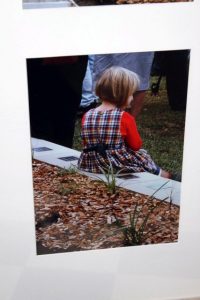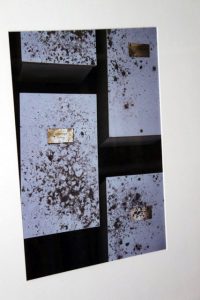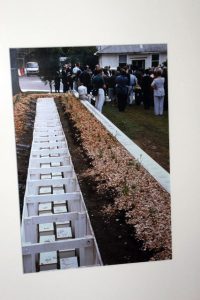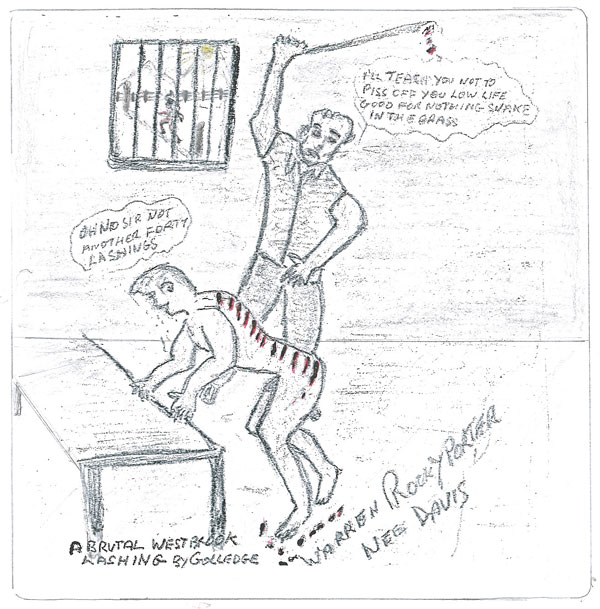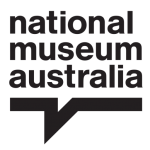by Diane Tronc (guest author) on 11 June, 2010
Diane Tronc was born in 1961 and was a resident, with her five siblings, of Silky Oaks Children’s Home in Manly, Brisbane from 1962 until 1974.
Diane shares her submission to the current Senate Review of Government Compensation Payments.
To Committee Secretary
Senate Legal and Constitutional Committee
P.O. Box 6100
Parliament House
Canberra ACT 2600 Australia
Re: Review of Government Compensation Payments
Dear Committee Members
My name is Diane Tronc. I am a Survivor of Abuse whilst in Care and I am a Forgotten Australian.
I wish to put submission into this Inquiry.
Firstly: This year is the 10th year since the Forde Inquiry.
The last 10 years has been for a lot of Forgotten Australians a compounding and overturning painful journey of repeating our lives over and over and reliving this painful journey through Redress and still suffering today to see some form of positive outcome for all Forgotten Australians.
With services in mainstream congested and waiting lists so long we take our ticket and still stand in line waiting. We’ve walk your line for long enough. We need ACTION, STRUCTURE, FOUNDATION, and STEPS UP AND STEPS OUT. Support services more involved with career paths, workforce, TAFE, university.
A lot have such difficulty in filling in forms making the first step up and step out. We need Mentors working with case workers supporting our people with visits to hospitals, appointment and home visits.
We also need a small bus e.g.: Libraries, our memorial, for events/ outings etc.
And a directory of services directing and referring our people and supporting through the process for their goals to be achieved to a comfortable area in their lives to move on….from start to finish.
Healing Journey when will that start, Family Histories, Reunions, and Bringing us all HOME.
Also like to see Legacy more involved as a lot of fathers and grandfathers/families of Forgotten Australian went to war and so did some Forgotten Australian themselves served..
We call for a Gold Card for all Forgotten Australian we should have Priority Access due to the damage inflicted upon us as innocent children now adults our needs and wants need to be met. Health, Dental, Housing, and Education and Training, exempt of fees.
Within our service centre I personally feel we need more steps up and step out and more support.
Foster Care/Adoption was not part of Redress in Qld nor did it get a State Govt Apology. We where under the STATE.
I personally would like to see a Royal Commission Inquiry into past practices and services today.
We will fight to our END to see things right for our past and for all our futures ahead.
We have a lot of strong good solid caring, compassionate and committed people amongst us all. That should be given every opportunity to excel and be given the chance to work with services in a paid position.
A lot of us are Volunteers and put in a lot of hours and time to help our people when services are closed or to help assist within telephone support and getting to visits, appointments or lend a hand when needed. I would like to see more funding given to Volunteers under some form of incentive scheme payment through Centrelink.
As a lot of our people are also on disability this would help in the transition step up 123 to TAFE, university or workforce part time or full time?
Also I have noticed a lot of people needing assistance who are in full time work area. Some struggle to keep their jobs. Pushing themselves to the limit all the time.
And not being able to service the services due to their working hours.
Looking for a constructive outcome for all.
And more community projects for our people.
Diane Tronc

